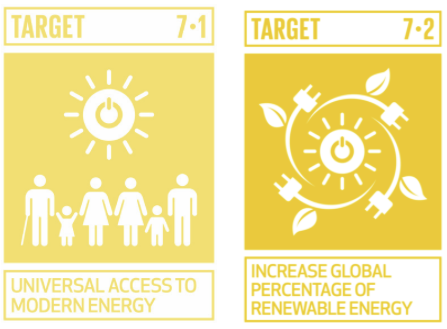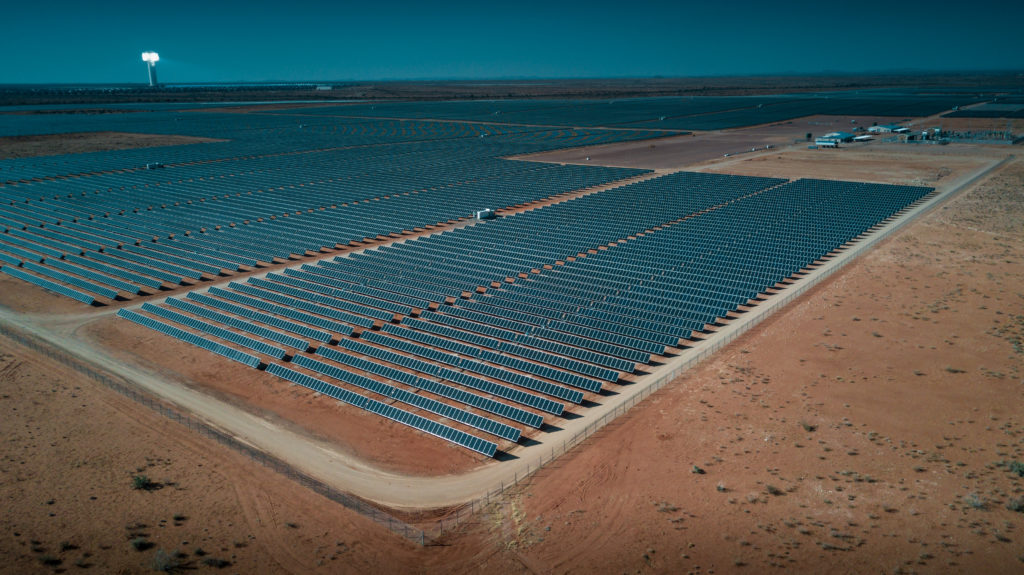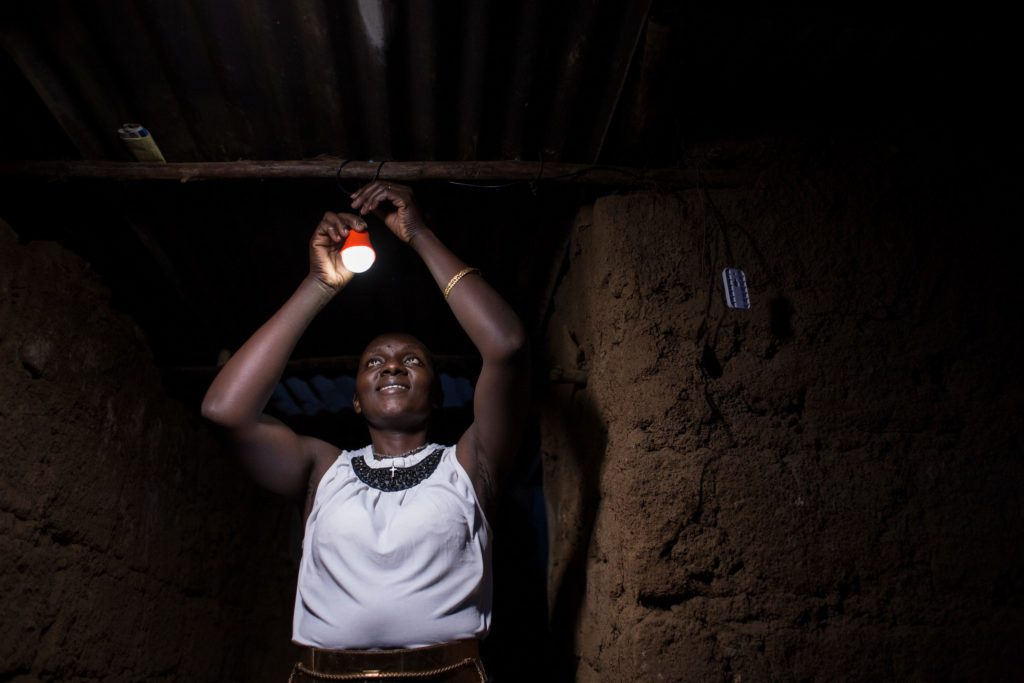Access to energy is a precondition for job creation, economic growth and improved living standards in developing countries. To limit the climate crisis, the world needs to transition to an energy system based on renewables.
New capacity financed, 100% renewable
Provided with access to electricity through micro/mini-grid or solar home systems
Tonnes CO2 emissions avoided by investments in total portfolio in 2021*
*When including all greenfield renewable capacity Norfund has supported since inception, calculations show that 9 million tonnes CO2 emissions are avoided annually
Development rationale
Although most developing countries have considerable solar, wind and hydropower resources, the power sector is largely underdeveloped in terms of installed capacity, access to energy and per capita consumption.

Norfund’s investments in clean energy contribute directly to achieving SDG 7-1 and SDG 7-2.
Investments in clean energy generation enables economic growth and job creation. More reliable energy supply, as well as fewer and shorter power outages, help foster more stable operating conditions, and increased productivity for local businesses.
Contributing to increased access to electricity improves living standards by substituting other fuels and reducing indoor air pollution, providing access to quality lighting and electronic communication, and improving health care services, security and educational conditions.
Renewable energy can substitute fossil energy and thus mitigate climate change.
Norfund’s impact objectives
Norfund’s impact objective for our clean energy investments is threefold:
- Increasing the supply of energy
- Increasing the share of energy from renewable sources
- Increasing access to energy
Doing so leads to economic growth, job creation and improved living standards, while mitigating climate change.
Results 2021

Increased energy supply
In 2021, Norfund financed 1,578 MW of new electricity generation capacity. The total capacity in our portfolio was 7,225 MW, of which 1,385 MW is under construction.
In 2021, the power plants produced a total of 13.8 TWh.
This is equivalent to the combined annual electricity consumption of Tanzania, Botswana, and Namibia.
The total energy production in Norfund’s portfolio has decreased in comparison to 2020, due to Norfund’s sale of SN Power to Scatec.
Increased share of energy from renewable sources
In 2021, 1,587 (100%) MW of the new capacity financed was renewable. A total of 5,709 MW of the capacity in our portfolio is renewable.
total capacity from renewable sources in Norfund portfolio
Together, the renewable power plants in our current portfolio have contributed to avoiding an estimated 4.5 million tonnes of CO2 emissions in 2021. This has been calculated using the harmonized IFI approach ‘Methodological Approach for the Common Default Grid Emission Factor Dataset’ (2022). The estimation includes all power producers where Norfund has an ownership share or has extended a loan to, that are providing electricity to the grid or substituting power from the grid (such as “captive power” solutions that provide power directly to a consumer, for instance rooftop solar). It does not include companies providing pure off-grid solutions such as Solar Home Systems.
Increased access to energy
3,521,000 new households were provided with access to electricity through mini-grid solutions or solar home systems in 2021. This represents a doubling of last year’s achievements in new households provided with access to electricity. This record high figure is mainly due to the performance of one of our funds in this segment.
Additionally, 2 million units of smaller solar-powered solutions, such as lanterns, were sold to households in 2021.
According to our estimates on indirect job creation, around 448,000 jobs were supported by the electricity produced by the power plants in Norfund’s portfolio in 2021.

Avoiding CO2 emissions
When it comes to greenhouse gas emissions, our impact is made by adding new energy from renewable sources that replace energy that would otherwise have been generated from fossil sources.
Norfund’s investments have, since the fund was established in 1997, supported the installation of a total of almost 6,800 MW new renewable energy capacity. These investments contribute to avoiding 9 million tonnes of CO2 emissions annually. This corresponds to total annual emissions from road transport and domestic flights in Norway. Around 1,800 MW greenfield renewable capacity has been exited but are still up and running.